10. Schindler’s List (1993)

Fire. A seemingly insignificant thing which we see daily in our lives. But how could this revolutionary invention in the history of mankind become so trivial over the centuries? Fortunately filmmakers have used fire since the inception of cinema through the lens of the camera to convey a variety of emotions and themes (Looking at you Andrei Tarkovsky). Fire means different things to different filmmakers.
For Steven Spielberg’s masterpiece Schindler’s List it is a metaphor for hope, the central theme of the film. Hence the film opens with a frame shrouded in darkness until a match is struck and the frame is illuminated. The hand that lights the match then proceeds to light two candles. All this is done in extreme close-ups due to which the match and candles occupy the entire frame.
While this lighting of candles is actually a preparation for a ritual of a Jewish family shown in the next shot, this fire is a representation of hope amidst dark times as mentioned before. To prove this even further we next see dissolves of the candles slowly reducing in length due to burning of the wax. This continues until there is almost little to no wax and the fire is extinguished.
Then we instantly cut to the scene of Jews being enlisted for the ghetto. The candle scene is entirely shot in black and white. The only colour that is there is the bright yellow of the burning candle which vanishes as soon as the candle runs out of wax. Hope comes in the form of a German businessman named Oskar Schindler in times of darkness represented by the Nazi regime.
The monochrome photography is perhaps the best representation of the bleakness of the Holocaust. Initially Schindler was a greedy businessman who invested a lot of effort in keeping the prominent Nazi members in good graces since that would be essential for establishing and sustaining his business.
But after witnessing the barbaric atrocities towards the Jews he had a change of heart and slowly became a selfless liberator who spent every penny that he earned from his business on the freedom of the Jews. Thus through his character arc Spielberg tries to convey that even in the darkest of the times of humanity, there will be candle somewhere dispelling all the darkness.
9. Eyes Wide Shut (1999)
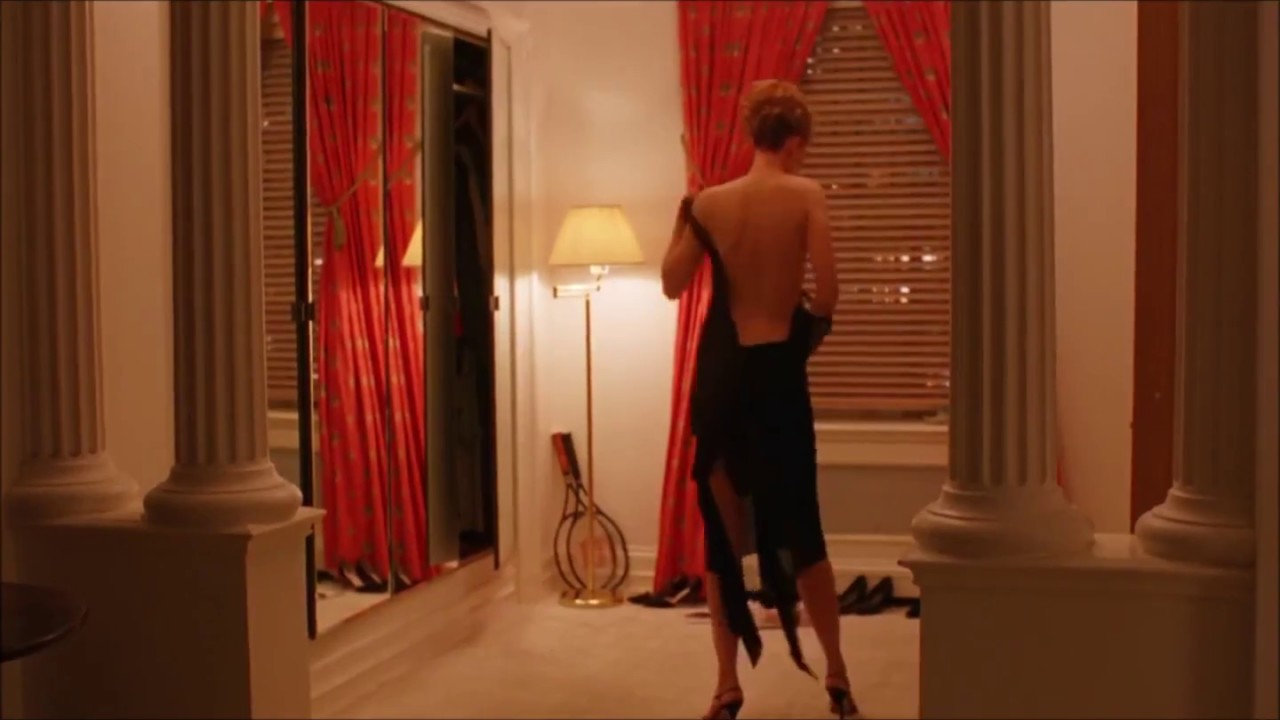
By showing the audience a completely nude Nicole Kidman as she takes off her dress is Stanley Kubrick’s way to introduce us to the seductive or even erotic yet nightmarish world of Eyes Wide Shut. Alice, played by the stunningly beautiful Kidman, is the wife of Bill Harford, played by Tom Cruise. Considering her beauty, men around her always attempt at having their sexual desires fulfilled with her. This is shown in the party scene where the Hungarian man flirts with her, trying to seduce her but fails as she refuses.
On the other hand, as two models flirted with Bill, he went along with the flow. Bill is sure that his wife is faithful to him since they love each other and are bound by their marriage. However all of this changes when Alice reveals her sexual fantasies about the Naval officer. She remarks that she was ‘ready to leave her child, her husband and her future just to be with him’. But she didn’t.
This brings out the inner insecurities of Bill and he is enraged by the fact that at some point of time his beautiful wife desired someone else more than her husband. Just like how he went with the flow when the two models flirted with him, as the night passed, he wanted to be unfaithful. And he almost did like for example with the prostitute he met on the street. The only thing that stopped him was chance.
8. Like Stars On Earth (2007)
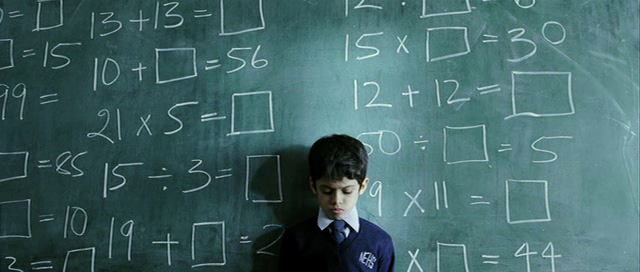
Portraying any kind of disability in films is a difficult feat to achieve. It calls for a lot of research and a lot of care since the makers are dealing with a sensitive topic. The movie in question is one of the shining examples of that wherein it presents us a story of an eight-year old Ishaan Awasthi suffering from dyslexia. Dyslexia is a disorder in which the affected person is unable to understand words, letters and numbers and in the case of the story our protagonist is unable to write or understand letters and words in the proper format.
Thus he has a problem comprehending even simple instructions in the given language. So how do we, the audience, get to better understand the plight of the young boy given that this disability is rare? The film tries to guide us to step into our protagonist’s shoes through the visuals from the opening shot itself. And it succeeds. On a black coloured frame we see white coloured letters and numbers being drawn.
The black colour and the white letters look similar to something being written on a blackboard with a chalk. Soon the letters begin to pounce around and mish-mash into each other in the most chaotic ways. This happens to the point where we are unable to discern what is being shown on the screen. This confusion is exactly what Ishaan experiences and in turn is unable to understand the language.
As a result his grades are bound to fall, with him having no idea for the cause of it making him all the more puzzled. The chaotic imagery is cross-faded with teachers calling out his very low grades with a look of disdain. This hints at how the education system takes little effort in actually ascertaining the problems of a child.
7. The Neon Demon (2016)
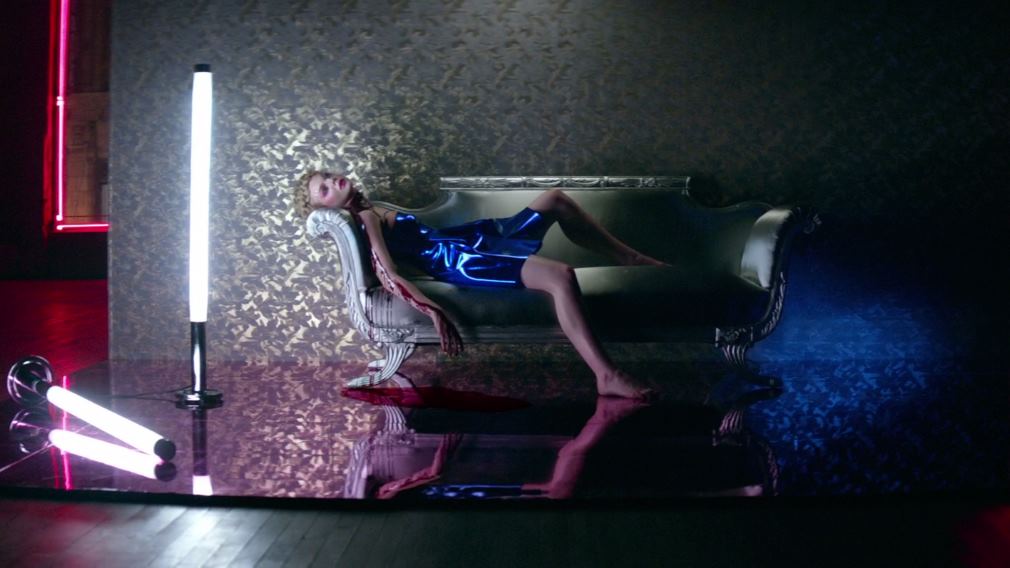
To a brilliant score by Cliff Martinez, the film opens with a medium shot of Jesse lying on a sofa. She is wearing some makeup and glitters around her eyes. Her hair is tied in some kind of a bun. There is blood gushing out from her neck and is all over her chest and arms. We get the feeling that she is presumably dead. Only when it cuts to a wide shot is when we realize that it is actually a stylistic photoshoot.
With brilliant framing and impressive lighting we get to see an extremely visually pleasing opening shot. This is expected from a Nicholas Winding Refn film as he has the eye for exquisite visuals. The visuals are surely stunning but the graphic imagery has something to tell about the modelling industry.
Here is a young and aspiring Jesse all set to make it big in the industry. Her beauty is the reason why every person stops whatever they are doing and turn around to admire her. She is described by one of her competitor’s as ‘the sun in a land of winter’. But her beauty is also the reason for jealousy among her competitors who experiment all kinds of cosmetic surgery just to look even half as good as her.
For an industry that holds outward appearances in such high regard, they have no choice but to employ plastics. Out of this jealousy, the two characters of the models brutally kill Jesse when she gets chosen by top fashion designers. It is this dog-eat-dog environment that is hinted at in the opening shot.
6. A Clockwork Orange (1971)
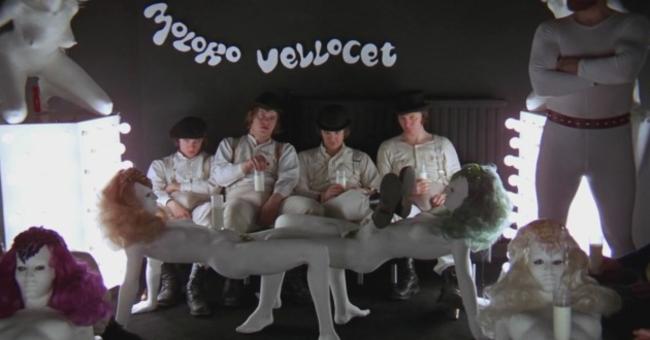
There is nothing more creepy than Alex DeLarge, our very own humble narrator, staring directly at us. The classic Kubrick Gaze, is what Alex bestows upon the audience as the film opens to a close-up of his face looking directly into the camera. He has an eyelash-prop under one of his eyes and as the camera steadily zooms out we get to see Alex in the now iconic attire – the black bowler hat and white pant and shirt sitting with his pals or what he calls them as ‘droogs’.
As his narration introduces us to the world of A Clockwork Orange, we see him drinking a glass of milk mixed with other drugs at the Korova Milk Bar- a highly stylized bar providing milk. The bar, as the camera zoom reveals, is filled with several mannequins of naked women in several provocative positions.
This interesting design of the bar is in accordance to the current British society where crimes against women like rape and assault is rampant due to the misogynistic mindset of young individuals like Alex.
This outlook towards women is further shown in the film through art-pieces of nude women once again in sexually exploitative positions. Alex’s sexually aroused and violent nature is shown perfectly through that one stare while enjoying the ambience of the Milk Bar and narrating about how much he loves ‘ultraviolence’ and a bit of the ‘old in and out’. And let’s not forget the brilliantly stylistic music which accompanies this entire opening shot.
5. Hiroshima Mon Amour (1959)
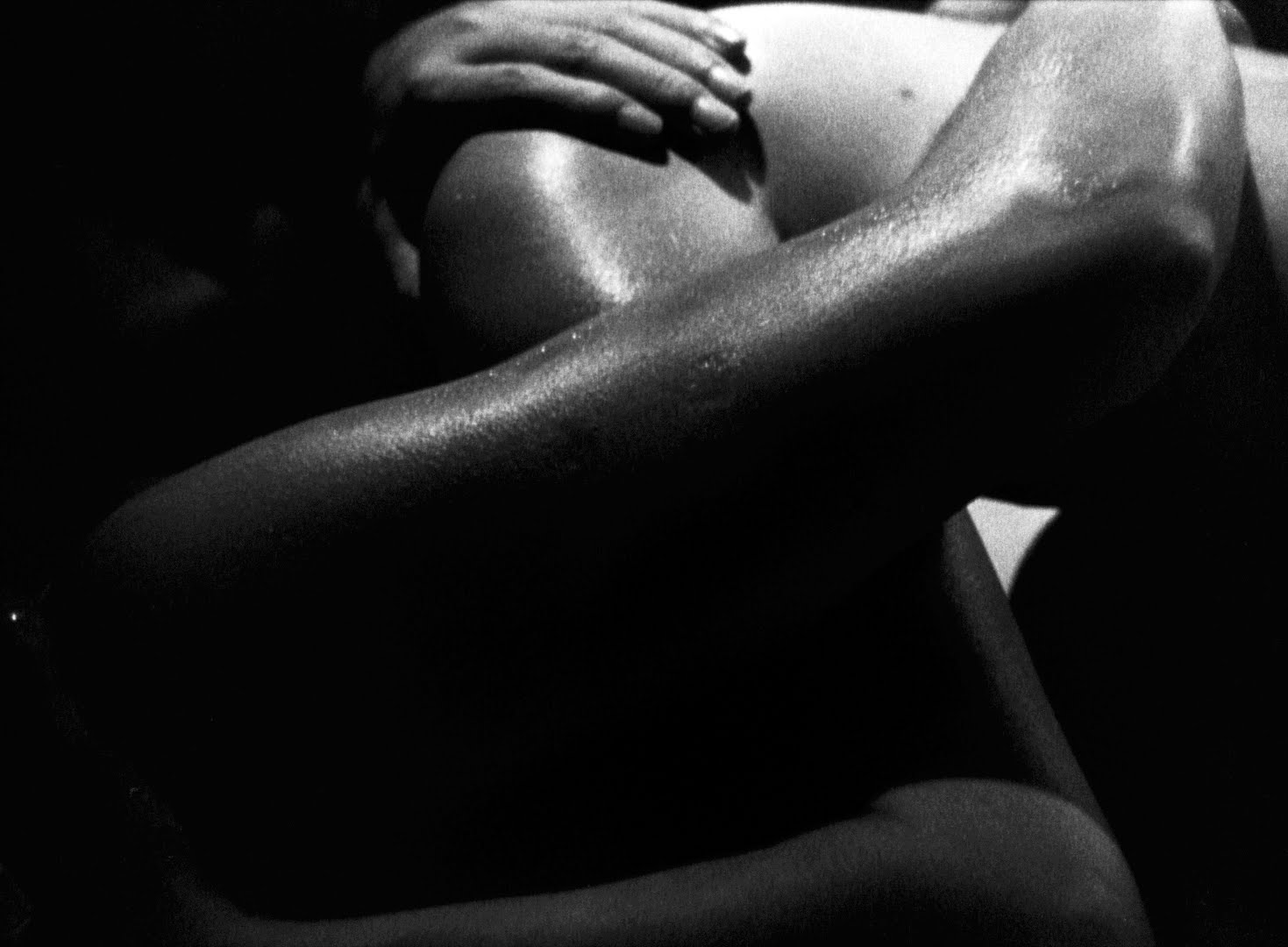
As the film opens we see two bodies embracing each other and making love. Large amounts of dust fall on them as they continue. This dust is nothing but the result of the destruction caused by the intense fires of the atomic bombs dropped at Hiroshima during the Second World War.
There is something shocking about this imagery. The dust is a sign of doom which causes infinite pain and suffering. This pain is what our characters, the Frenchwoman and the Japanese man, have in common.
The entire story is told from the perspective of the woman. She observes, empathizes and most importantly understands the condition of the people who were victims of the bomb. But how can she understand the pain of families being destroyed, the pain of giving birth to children with severe deformities, the pain of the burnt wounds due to the effect of the deadly bomb? She might not relate to it physically but she can feel the pain of losing someone you love.
This is because she dearly loved a German soldier during the war who was then killed. After this the people of her town named Nevers punished her for loving the enemy by imprisoning her in an underground cellar. The mental torture of not being with him was devastating for her.
Hence the love making scene in the opening is sensual but tragic since she now dearly loved the Japanese man but had to part with him since she was married and lived far away from Hiroshima. Once again she fell in love with someone whom she could never be with. In addition to this, the pain of forgetting her lovers, since memories do fade with time, traumatized her even more.
4. Mulholland Drive (2001)
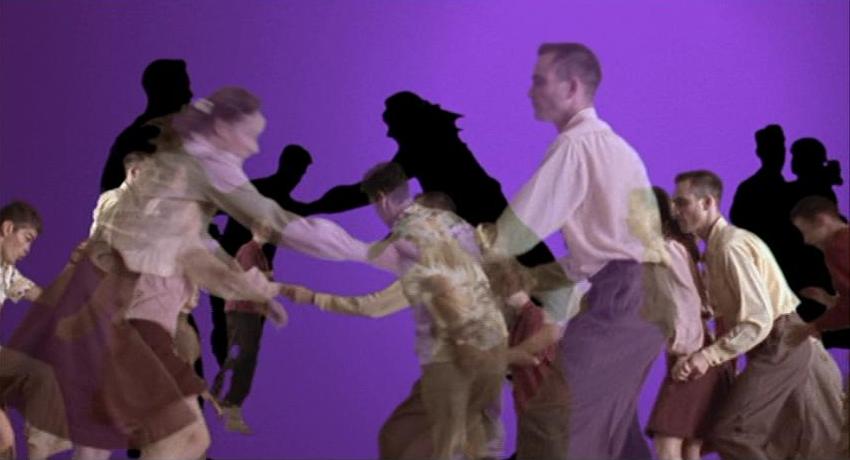
Purple coloured background with couples dancing in various dance-forms – this is how director David Lynch introduces us to Mulholland Drive. The number of people dancing is so high that it nearly populates the frame. Their shadows are projected onto the purple background.
The resulting visuals can only be termed as haphazard and completely bizarre and hence staying faithful to Lynch’s style of surreal imagery. Since this film showcases the dark side of the Hollywood industry this dance sequence is nothing but a representation of that – a completely confusing area for those who are competing to attain recognition in the industry or in other words win the dance competition. The large number of dancers is too a visual clue suggesting the swarms of ‘dreamers’ who arrive everyday at Hollywood’s doorstep to fulfill their dreams.
Our main character Diane is a part of this crop of ‘dreamers’. But on a smaller scale this dance competition, which does represent Hollywood, is essentially a jitterbug contest which she had won. This is what gave her a boost of confidence to pursue a career in acting with high hopes.
As the shot continues, through the dancing couples, we see a brightly lit Diane emerge coupled with the background sound of a crowd cheering for her as she accepts their praise with a lot of joy. This is what she always dreamt of. Unfortunately, this desire for acting brought her to the harsh side of Hollywood, past the glitz and glamour and past the popularity into a quagmire of regressive politics, sexism and unnatural favouritism. In a twisted turn of events she eventually ended up as a struggling actor, encountered a disastrous end in a relationship with the current lead actress ultimately leading to severe depression.
3. Rashomon (1950)
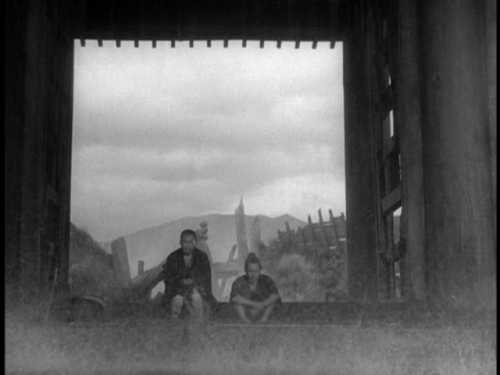
Akira Kurosawa’s path breaking film, which opened Japanese Cinema to the world, starts its story with a black and white image of a dilapidated gate named Rashomon on the day of extremely heavy rain.
Looking at this image immediately gives off a feeling of bleakness and in some ways dread. It’s this awful feeling that the film wants the viewer to experience due to its pessimistic observation of the human condition. In the story we get to know of four contradicting perspectives of a heinous crime – the murder of a samurai and the rape of his wife. Each and every one conjures up tales to either justify or hide their wrong-doings.
Hearing how low human beings can really stoop down to, the priest at the gate begins to lose his faith in humanity. This dwindling of faith coupled with the terrifying realization that at the end of the day man only cares about his needs adds to the bleak tone introduced brilliantly in the opening shot. The rain pouring heavily traps the three characters – the priest, the woodcutter and the commoner at the gate.
It is as if the evil nature of the sins of humanity arrives in the form of harsh rain that overpowers them and restricts their activities. In the film the commoner casually remarks that ‘even the demon residing at the Rashomon gate fled in fear of the brutality of humanity’.
2. Apocalypse Now (1979)

No other film employs the editing technique of multiple cross-fades as extensively as in Apocalypse Now. The legendary editor Walter Murch makes use of this to accomplish one task and one task only – to keep the previous moments linger in the minds of the audiences leaving a drastic impact. From the opening shot itself this method is followed.
The very first image we see are tree-lines of palm trees in a forest. It gives off a serene and unperturbed atmosphere only to be mildly disrupted by the whirring sound of a helicopter and then the image of a helicopter passing by. As ‘This is the End’ by The Doors starts with its soothing tune, the frame is filled with a yellow coloured smoke enveloping the entire tree region. This smoke actually is used to indicate the areas where napalm is to be dropped. We don’t know this yet but as we hear the first lyrics starting with ‘This is the end, beautiful friend….’ the entire area is bombed and the tree-line is engulfed with flames.
This juxtaposition of music with the visuals is right on point. All this is then cross faded with Captain Willard’s face who is half asleep. The imposing helicopters, the harsh flames and Captain Willard’s face, all are composed in the same frame itself giving us a peek into the deteriorating mind of his that is occupied only by thoughts of war and destruction.
A man so mentally affected by the Vietnam war that he has reached the point where killing somebody feels like an everyday business. The film’s themes centre around this level of dehumanization and the opening shot is as frightening and disturbing as the reality of the war depicted in this masterful film.
1. Blue Velvet (1986)
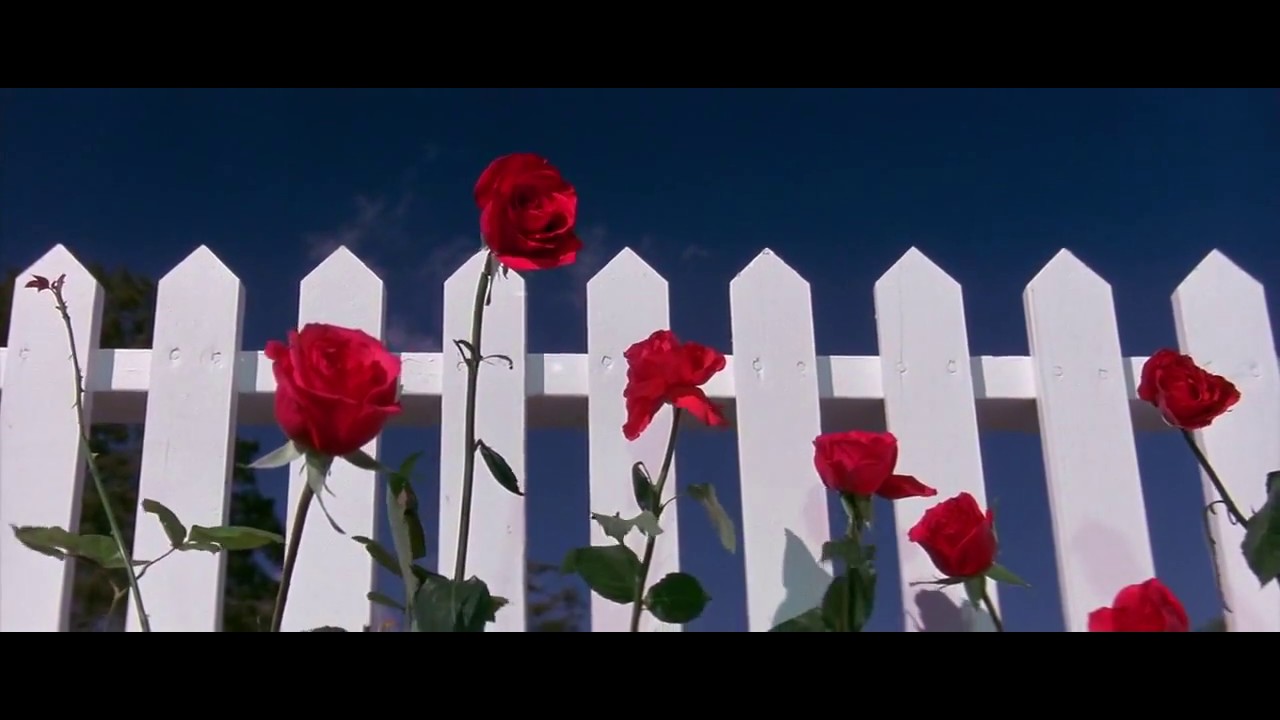
Lumberton, the hometown of our protagonist Jeffrey Beaumont, is a relatively small and peaceful town. David Lynch presents us with firstly a bunch of roses in the backyard as the film’s opening shot.
Then we see a fireman on a truck waving at the residents, couple of kids crossing the street, Jeffrey’s father watering the plants and his mother watching television. Basically people are going about their daily jobs, enjoying their simplistic lifestyle and living in perfect harmony with each other without any violent disruption.
What hooks the audience right away is the seemingly unrelated shot of the roses. These roses are a perfect representation of Lumberton, on the outside it seems to be perfectly tranquil and beautiful but upon a closer look the thorns on its stems are clearly visible and have the potential to cause pain.
Lumberton might seem peaceful from the outside but there is danger lurking underneath spreading all kinds of negativity. This danger or in other word these ‘thorns’ is shown perfectly when we see Jeffrey’s father having a stroke while watering the plants.
The camera, right after observing the simple and peaceful ambience of Lumberton, starts to move underneath the plants to reveal thousands of disgusting insects crawling over one another. The presence of such vile insects is a clue to the character of Frank Booth, the antagonist, who is an embodiment of everything negative that breeds underneath Lumberton’s grounds. If the beautiful roses are Lumberton then the sharp thorns attached to it is Frank.
Author Bio: Vashist Thakwani is currently pursuing Computer Science Engineering in college. Whenever he gets his leisure time, which he always does, he loves to watch films and dissect each and every aspect of it. He believes in cinema as a kind of therapy and is completely fascinated by the process of filmmaking. Anyone unclear about any David Lynch film can contact him anytime,day or night, for a satisfactory explanation.